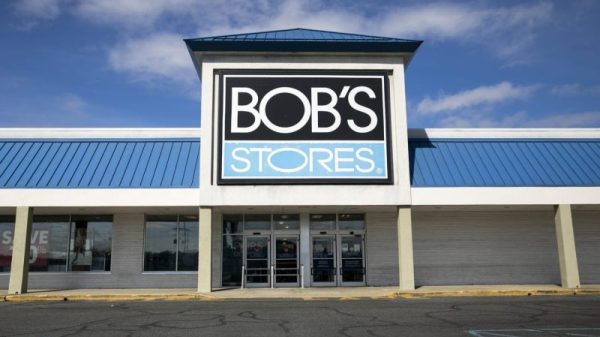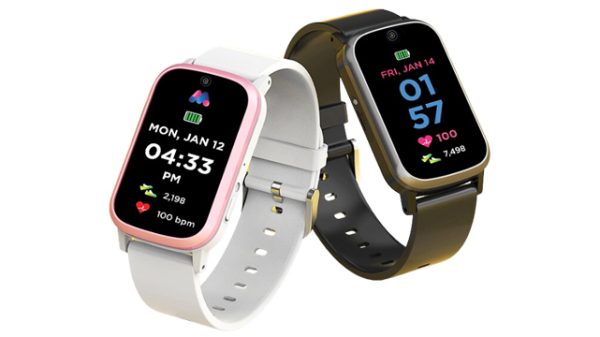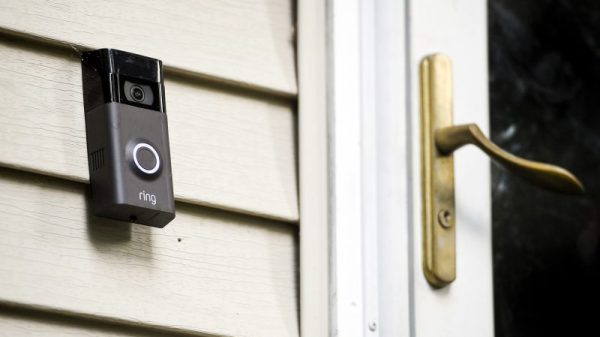Elevators are often an understated component of our daily routines. Typically, one simply presses a button, waits briefly, and proceeds to their destination with little thought. However, the advent of the Internet of Things (IoT) is poised to revolutionize this experience. Imagine elevators becoming significantly more intelligent through IoT integration.
The Internet of Things (IoT) in the elevator market represents an exciting and rapidly evolving sector. IoT encompasses a network of interconnected devices capable of communicating and sharing data. Applied to elevators, this entails incorporating advanced technologies to improve their functionality, safety, and efficiency.
Consider an elevator capable of predicting maintenance requirements, optimizing energy consumption, and providing real-time updates to building management systems. This encapsulates the transformative potential IoT brings to the elevator industry.
Equipped with an array of sensors, these elevators continuously monitor their operational status. It is analogous to having a personal trainer who constantly checks your vital signs and advises when a break is necessary. Rather than waiting for malfunctions to occur, these smart elevators can anticipate issues before they arise, eliminating the inconvenience of being trapped between floors en route to an important meeting.
As per FACTMR, IoT in the elevators market is expected to witness a CAGR of 13.4% during the forecast period (2022-2032).
The IoT in the elevator market is driven by several key factors. Enhanced safety and security are major drivers, as IoT technologies enable real-time monitoring and predictive maintenance, significantly reducing the risk of elevator failures and accidents. Sensors and cameras further enhance security by monitoring usage and detecting anomalies.
Recent Trends in the Market:
Predictive Maintenance: One of the most significant trends is predictive maintenance. IoT-enabled elevators can monitor their performance in real-time, using sensors to detect anomalies and predict when maintenance is required. This reduces downtime and maintenance costs by addressing issues before they become major problems.
Energy Efficiency: IoT technologies help optimize energy consumption. Elevators can adjust their operation based on real-time usage patterns, which not only conserves energy but also reduces operational costs. Smart elevators can go into a standby mode when not in use, or adjust their speed and acceleration to be more energy-efficient.
In Europe, KONE has developed a regenerative drive system for their elevators. This system captures the energy generated when the elevator goes down or when it slows down and converts it into electricity that can be used elsewhere in the building. In some cases, these elevators can generate up to 20% of their operating energy from this process. It’s like your elevator is a mini power plant, helping to cut down on the building’s overall energy consumption.
Enhanced Safety: Safety is paramount in elevator design. IoT sensors can continuously monitor various safety parameters, such as door operations and cable integrity. They can instantly alert maintenance crews to potential safety issues, improving overall safety and reliability.
User Experience: Modern elevators can offer a more personalized user experience. For instance, smart elevators can recognize users through RFID cards or smartphones, adjusting settings to their preferences, such as preferred floor stops or ambient settings like lighting and music.
Data Analytics: The data collected by IoT-enabled elevators can be analyzed to gain insights into usage patterns, which any interesting fact or product in this market in any country.
In the city of Dubai, the Burj Khalifa’s elevators are equipped with advanced IoT systems that collect vast amounts of data on usage patterns. This data is analyzed to optimize elevator performance and reduce wait times. For instance, during peak visiting hours, the system can predict high-traffic periods and adjust elevator deployment accordingly. This ensures that visitors have a smooth and efficient experience, even when the building is at its busiest.
Though the market is growing rapidly there are certain challenges restricting the growth of the market.
Cybersecurity: With increased connectivity, IoT-enabled elevators are more vulnerable to cyberattacks. Hackers could potentially gain control of the elevator system, causing significant disruptions or compromising passenger safety.
Integration with Legacy Systems: Many buildings still use older, legacy elevator systems. Integrating new IoT technologies with these existing systems can be complex and costly, often requiring significant upgrades in both hardware and software. In the past, various office buildings in New York City faced difficulties when trying to retrofit their old elevator system with modern IoT capabilities. The existing infrastructure was incompatible with the new technology, resulting in a costly and time-consuming overhaul to enable full integration.
Data Privacy: IoT devices collect vast amounts of data, including potentially sensitive information about building occupants. Ensuring that this data is handled in compliance with privacy regulations is a significant challenge. In Europe, where GDPR (General Data Protection Regulation) is strictly enforced, elevator companies like KONE and Thyssenkrupp must ensure that the data collected by their IoT systems is anonymized and securely stored. This compliance is essential to avoid hefty fines and maintain user trust.
Initial Investment Costs: The initial cost of implementing IoT-enabled elevator systems can be high. While the long-term benefits and savings are substantial, convincing stakeholders to invest in these technologies upfront can be difficult. A residential high-rise in Los Angeles evaluated the cost of upgrading to an IoT-enabled elevator system. The initial investment was projected to be several hundred thousand dollars, which caused hesitation among the building’s management committee. Despite the potential long-term savings, the upfront cost was a significant barrier.
Here are some of the top companies providing IoT-enabled elevator solutions, highlighting their contributions and unique offerings in the market:
Otis Elevator Company: Otis is one of the largest and most well-known elevator companies globally. They have a strong focus on integrating IoT technologies to enhance their products. The company offers Otis ONE. This IoT service platform enables real-time monitoring and data analysis to predict maintenance needs, enhance safety, and improve operational efficiency. It uses advanced algorithms to optimize performance and reduce downtime. Otis ONE provides a comprehensive view of elevator operations through a cloud-based dashboard, allowing building managers to monitor multiple elevators in real time and receive predictive maintenance alerts.
Schindler Group: Schindler is a leading global provider of elevators, escalators, and moving walkways. They have been proactive in adopting IoT to improve their service offerings. This digital solution uses IoT and big data analytics to monitor elevators and escalators. It focuses on predictive maintenance, real-time diagnostics, and remote monitoring. Schindler Ahead offers a modular digital toolkit that includes features like Ahead ActionBoard, which provides real-time operational insights and maintenance status, and Ahead AdScreen, an in-elevator digital advertising platform.
KONE Corporation: KONE is a global leader in the elevator and escalator industry, known for its innovative and sustainable solutions. The company offers 24/7 Connected Services and these service uses IoT to monitor elevator performance and provide predictive maintenance. It leverages IBM’s Watson IoT platform to analyze data and predict potential issues.
Thyssenkrupp Elevator: Thyssenkrupp is renowned for its cutting-edge elevator technologies, including the use of IoT to enhance functionality and efficiency. The company offers a predictive maintenance solution that uses IoT to monitor elevator health in real time. This collects data from sensors and uses machine learning to predict maintenance needs before failures occur. This not only predicts maintenance needs but also provides actionable insights to service technicians, helping them to prepare in advance and reducing elevator downtime.
Mitsubishi Electric: Mitsubishi Electric is a significant player in the elevator industry, offering advanced IoT solutions to improve elevator performance and user experience. Mitsubishi’s IoT platform focuses on predictive maintenance and energy efficiency. It uses sensors to collect data on elevator operations and applies AI to optimize performance.
These companies are leading the charge in integrating IoT into elevator systems, bringing significant improvements in maintenance, safety, efficiency, and user experience. Their innovative solutions are transforming how elevators operate and are maintained, making buildings smarter and more efficient.
The post IoT in the Elevators Market appeared first on IoT Business News.



































